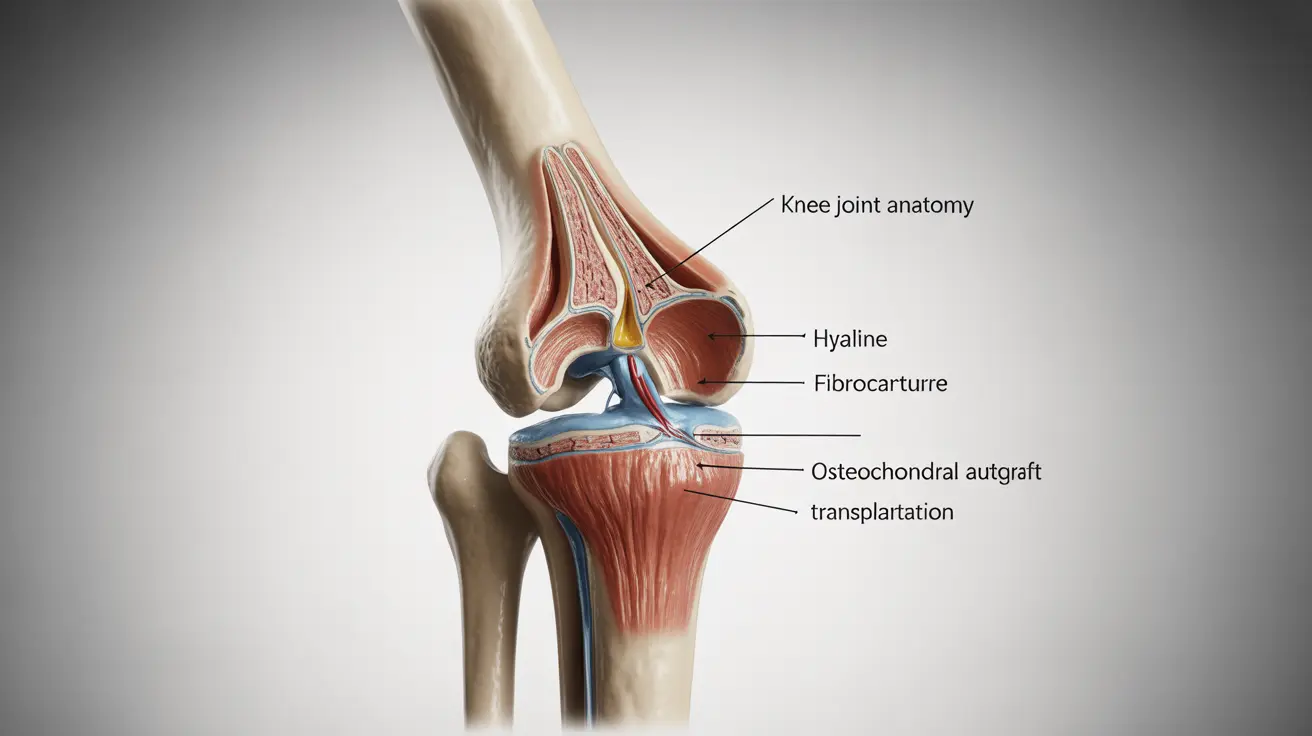Serum ALT levels offer important insights into liver health by measuring the enzyme alanine aminotransferase, primarily found in the liver. ALT plays a role in converting proteins into energy for liver cells, and elevated levels in the blood can indicate liver cell damage.
- What is ALT?
- ALT is an enzyme that helps metabolize proteins and is mostly found in liver cells.
- When the liver is damaged or inflamed, ALT is released into the bloodstream, leading to elevated levels.
- Normal ALT Levels:
- The normal range for ALT levels is typically between 7 and 56 units per liter (U/L), though this can vary slightly depending on the laboratory.
- Factors such as age, sex, and body mass may influence the reference range.
- What Do Abnormal ALT Levels Mean?
- High ALT Levels: Elevated ALT levels often point to liver damage or inflammation. Common causes include viral hepatitis, non-alcoholic fatty liver disease (NAFLD), alcohol-related liver damage, or medication toxicity.
- Low ALT Levels: Although less common, very low ALT levels might suggest nutritional deficiencies or other metabolic issues, but are generally not a major cause for concern.
- Why Monitoring ALT is Important:
- Regular monitoring of ALT levels can help detect liver damage early, particularly in people with risk factors like heavy alcohol use, obesity, or chronic medication use.
- Early detection allows for prompt treatment, potentially preventing further liver damage or complications.
Recommended Tests:
- Gamma-Glutamyl Transferase (GGT): Often paired with ALT to assess liver health, particularly to differentiate between liver and bile duct issues.
GGT Test - Cholesterol Test: Since liver function is critical in regulating cholesterol, checking cholesterol levels is useful in monitoring overall metabolic and liver health.
Cholesterol Test




